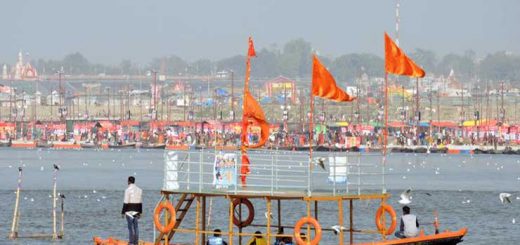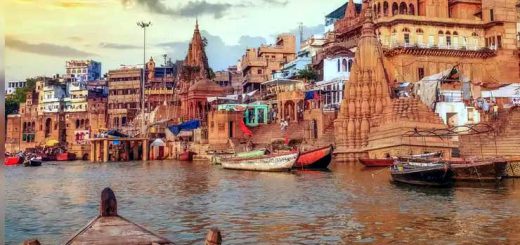About Mangla Gauri Temple one of Shaktipeeth Temple at Gaya

The Mangla Gauri Temple in Gaya is a significant Hindu pilgrimage site dedicated to Goddess Mangla Gauri, one of the 51 Shakti Peethas in India. It is located around 3 kilometers northeast of the famous Vishnupad Temple, which is another key religious site in Gaya, Bihar. This temple holds a prominent place in Hindu mythology, especially for devotees seeking the blessings of Goddess Parvati, who is associated with fertility, marital bliss, and maternal love.
History and Importance
- According to Hindu mythology, the Mangla Gauri Temple is associated with the legend of Goddess Sati, who self-immolated herself at her father Daksha’s yajna. Lord Shiva, her husband, carried her body in grief, and various parts of her body are believed to have fallen at different locations across India. These locations are known as Shakti Peethas.
- The temple at Gaya is one of these 51 Shakti Peethas, where it is believed that the right breast of Goddess Sati fell, and it is enshrined as Mangla Gauri. The temple thus holds immense spiritual significance, especially for women and married couples, who visit seeking blessings for fertility, health, and the well-being of their families.
Architecture
The Mangla Gauri Temple has a typical North Indian style of architecture with a shikhara (spire) above the sanctum. The temple is built in stone and is quite simple in appearance, yet it exudes an aura of peace and devotion. The deity of Goddess Mangla Gauri is worshiped here in the form of a Shakti yantra, a mystical symbol representing the Goddess’s power.
Festivals
- The temple witnesses significant crowds during the Navratri festival, which occurs twice a year—once in the spring and once in the autumn. During Navratri, devotees come to offer prayers to Goddess Durga in her various forms, including Mangla Gauri.
- Sawan (the month dedicated to Lord Shiva, typically during July-August) is also a time when the temple is visited by many devotees, particularly women.
- Additionally, Teej and Karva Chauth, festivals celebrating marriage and the well-being of spouses, see a rise in the number of pilgrims visiting Mangla Gauri.

Pilgrimage and Rituals
The Mangla Gauri Temple attracts pilgrims from all over India, especially from Bihar and nearby regions. Devotees often visit the temple after performing rituals at the Vishnupad Temple and Bodhi Tree in Bodh Gaya (a famous Buddhist pilgrimage site), as part of a larger religious circuit in the area. It is said that performing the Mangla Gauri Darshan and prayers here can help alleviate any obstacles in one’s married life and ensure a happy, prosperous family life.
Relevance in Modern Times
The temple continues to be an important center for both religious and cultural activities in the region. While the religious significance remains strong, the Mangla Gauri Temple also contributes to the local economy, with thousands of pilgrims visiting throughout the year.
The temple provides a serene and peaceful environment for spiritual contemplation, making it a popular spot not just for devotees but also for those seeking solace from the hustle of everyday life.
If you ever get a chance to visit, the vibrant spiritual energy and the rich historical context of the place can make the experience quite profound. Have you ever been to Gaya or the Mangla Gauri Temple?



